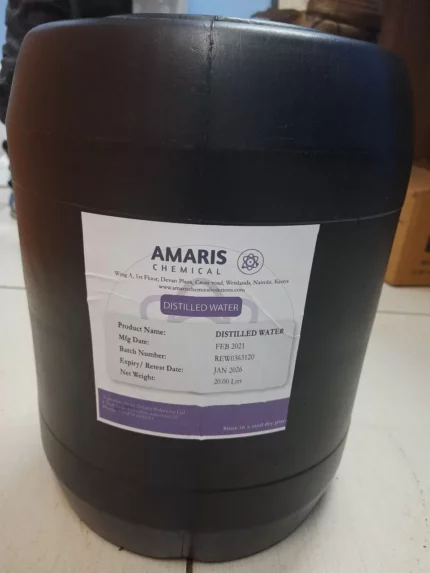
Distilled Water 20 liters
KSh900.00 Original price was: KSh900.00.KSh850.00Current price is: KSh850.00.
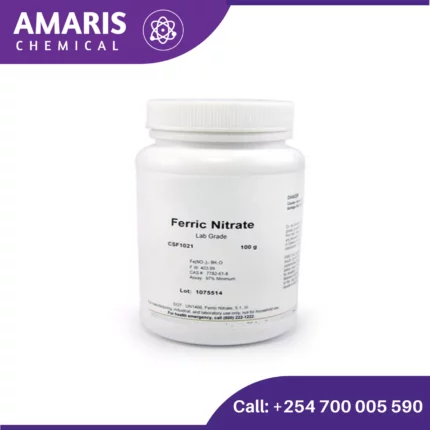
Ferric Nitrate 500gm
KSh2,300.00 Original price was: KSh2,300.00.KSh2,200.00Current price is: KSh2,200.00.
Fehling Solution 1 and 2
KSh4,500.00 Original price was: KSh4,500.00.KSh4,000.00Current price is: KSh4,000.00.
Fehling’s solution is used in chemistry to detect the presence of reducing sugars. It is composed of two separate solutions that are mixed in equal volumes just before use.
Fehling’s Solution 1
- Composition: This solution contains copper(II) sulfate (CuSO₄).
- Appearance: It is a deep blue solution.
- Preparation: Typically prepared by dissolving copper(II) sulfate in water.
Fehling’s Solution 2
- Composition: This solution contains a mixture of potassium sodium tartrate (Rochelle salt) and sodium hydroxide (NaOH).
- Appearance: It is a clear, colorless solution.
- Preparation: Potassium sodium tartrate and sodium hydroxide are dissolved in water.
SKU:
ACS85434CHEM0
Category: Analytical Reagents
Description
Uses of Fehling Solution 1 and 2
Detection of Reducing Sugars
Fehling’s solutions are commonly used to test for the presence of reducing sugars in various samples, such as:
- Food Products: To identify the presence of sugars like glucose and fructose in foods and beverages.
- Biological Samples: To detect reducing sugars in blood or urine samples, which can be important for diagnosing conditions like diabetes.
- Chemical Research: In organic chemistry labs to analyze carbohydrates and other compounds.
Distinguishing Aldehydes from Ketones
Fehling’s solutions are used to differentiate between aldehydes and ketones:
- Aldehydes: These will react with Fehling’s solution, reducing the copper(II) ions to copper(I) oxide, resulting in a red precipitate.
- Ketones: These generally do not react with Fehling’s solution, so no color change occurs.
Educational Demonstrations
- Teaching Tool: Fehling’s solutions are often used in educational settings to demonstrate redox reactions and the properties of reducing sugars.
Quality Control in Manufacturing
- Food and Beverage Industry: Used to monitor sugar content in products.
- Pharmaceuticals: To ensure the purity and composition of certain medicinal preparations.
Analytical Chemistry
- Qualitative Analysis: Used in analytical chemistry for qualitative tests to identify the presence of specific functional groups or compounds.
Reviews (0)
Be the first to review “Fehling Solution 1 and 2” Cancel reply
Shipping & Delivery
Related products
2 Propanol 2.5 litres (IPA)
Isopropyl alcohol (IPA), also known as 2-propanol, is a colorless, flammable chemical compound with the molecular formula C3H8O. It is a type of alcohol that is commonly used as a solvent, disinfectant, and cleaning agent in a variety of industries, including healthcare, manufacturing, and electronics. IPA is often used as a disinfectant because it is effective at killing a wide range of microorganisms, including bacteria, viruses, and fungi. It is also commonly used as a solvent for oils, resins, and gums, and as a cleaning agent for electronic devices and other equipment.
Aceto Carmine 100 ml
Aceto carmine is a staining solution used primarily in microscopy to highlight cellular components. It is a mixture of carmine dye and acetic acid. Here’s an overview of its properties, preparation, and uses:
Properties
- Color: Red to purplish-red.
- Solubility: Soluble in water and ethanol.
- Staining Characteristics: Stains chromatin and cytoplasmic components, providing contrast for better visualization under a microscope.
Preparation
- Ingredients:
- Carmine dye: A natural red dye extracted from the cochineal insect.
- Acetic acid: A colorless liquid organic compound with a pungent smell.
- Procedure:
- Dissolve a specific amount of carmine powder in hot distilled water.
- Add glacial acetic acid to the solution.
- Filter the mixture to remove any undissolved particles.
Aluminum Ammonium Sulphate
Aluminum ammonium sulfate, also known as ammonium alum or just alum, is a chemical compound with the formula (NH4)Al(SO4)2·12H2O. It's a white crystalline solid commonly used in water purification, leather tanning, and as a mordant in dyeing textiles.
In water purification, alum acts as a coagulant to remove impurities by causing suspended particles to clump together, making it easier for filtration to remove them. In leather tanning, it helps to stabilize the leather by tightening the collagen fibers. And in dyeing textiles, alum helps the dye adhere to the fabric.
However, it's important to note that excessive exposure to aluminum compounds like alum can be harmful, so it's typically used with caution and proper safety measures.
Aluminum Fine Powder
Aluminum Potassium Sulphate 500gm
Aluminum Potassium Sulphate, commonly known as potassium alum or potash alum, is a chemical compound with the formula KAl(SO₄)₂·12H₂O. It is a type of alum, a double sulfate salt, and is typically found in its dodecahydrate form. Here are some key points about this compound:
Physical Properties:
- Appearance: Colorless, transparent crystals or white powder.
- Solubility: Soluble in water but insoluble in alcohol.
- Melting Point: Decomposes at high temperatures before melting.
Chemical Properties:
- Molecular Formula: KAl(SO₄)₂·12H₂O
- Molecular Weight: 474.39 g/mol (for the dodecahydrate form)
- Acidity: It is slightly acidic in aqueous solution.
Aluminum Sulphate 500gm
Aluminum sulfate, also known as alum, is a chemical compound with the formula Al2(SO4)3. It's commonly used in water treatment plants as a coagulant to clarify turbid or muddy water by causing suspended particles to clump together and settle out. In addition to water treatment, aluminum sulfate has various other industrial applications, such as in paper manufacturing, dyeing, and as a mordant in textile dyeing to help fix dyes to fabrics.
Ammonium Ferrous Sulphate 500gm
Potassium iodide
Active Pharmaceuticals Ingredients, Analytical Reagents, Nutrient Supplements, Photographic Chemicals

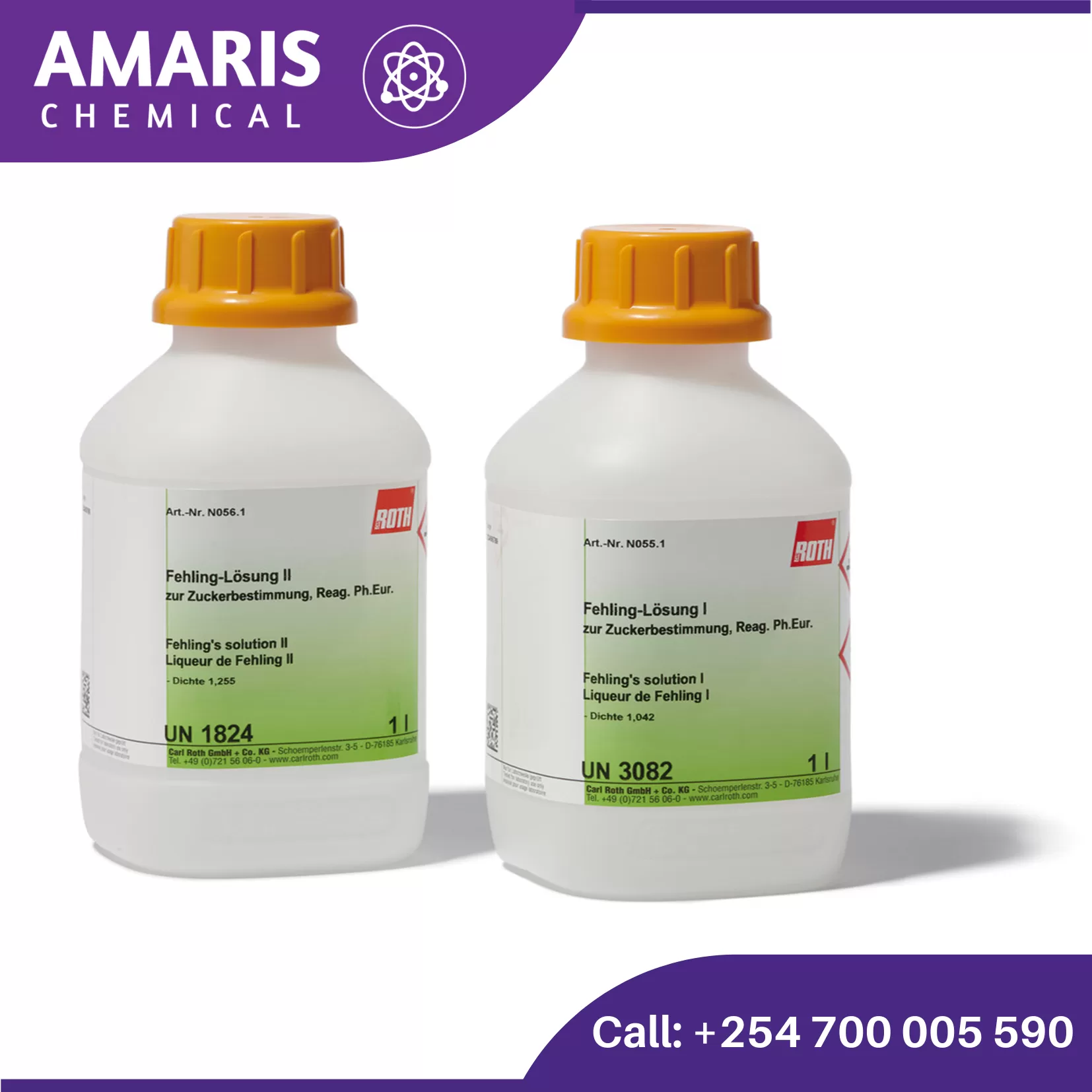
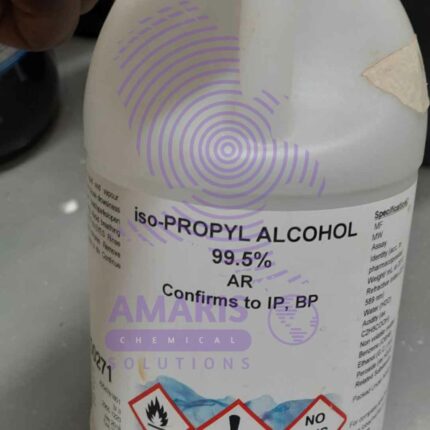
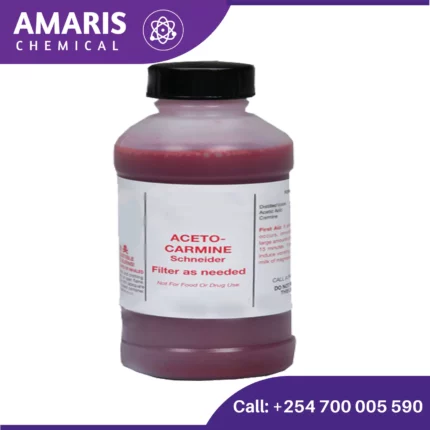
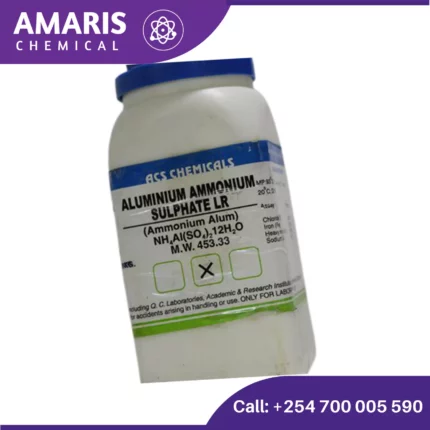

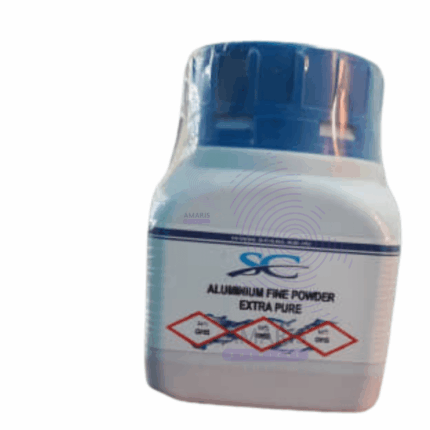

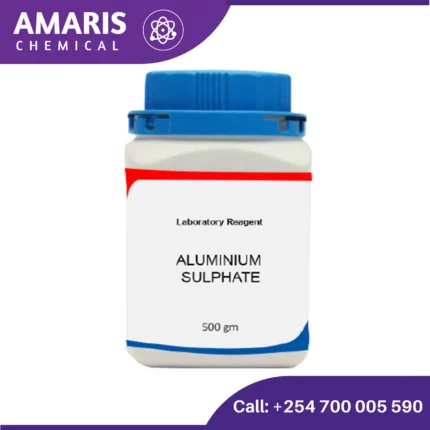
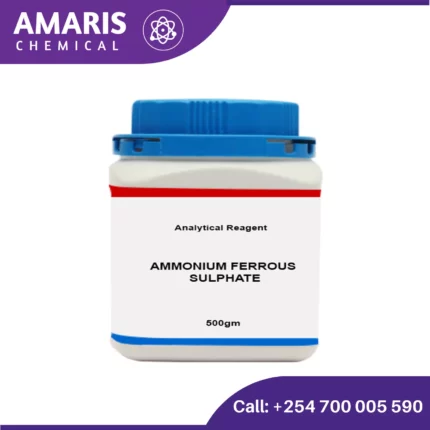
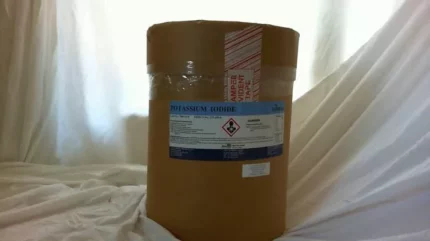







Reviews
There are no reviews yet.